
Trat: The Tranquil Gateway to Thailand's Tropical Isles
Explore Trat: Your serene gateway to Thailand's stunning islands, rich history, and lush landscapes. Discover beaches, markets, and wildlife in this captivating province.
Nestled in the eastern part of Thailand, Trat is a charming province that often serves as the gateway to some of the country's most stunning islands. While many tourists pass through on their way to Koh Chang or Koh Kood, Trat itself offers a wealth of cultural and natural attractions worth exploring. The town of Trat is steeped in history, with its quaint streets lined with traditional wooden houses and bustling markets. The Trat Museum provides an insightful look into the region's rich past, from its role in the historic trade routes to its vibrant local customs. Don't miss the opportunity to stroll through the night market, where you can sample delectable local dishes and shop for unique handmade crafts. Nature lovers will find plenty to admire in Trat's lush landscapes. The province boasts pristine beaches, mangrove forests, and waterfalls. One of the highlights is the Khao Banthat Wildlife Reserve, home to diverse flora and fauna. For a more laid-back experience, visit the serene Hat Sai Ngam Beach, perfect for a quiet day of sunbathing and swimming. Trat's strategic location makes it a convenient base for island-hopping adventures. Frequent ferries and boats connect the mainland to nearby islands such as Koh Chang, known for its vibrant nightlife and water activities, and Koh Kood, famous for its untouched beauty and tranquil atmosphere. Whether you are seeking adventure or relaxation, Trat offers a perfect blend of cultural immersion and natural splendor.
Local tips in Trat
- Visit the Trat Museum to learn about the region's history and culture.
- Don't miss the night market for local food and unique crafts.
- Plan a day trip to Khao Banthat Wildlife Reserve for nature exploration.
- Use Trat as a base for island-hopping to Koh Chang and Koh Kood.
- Enjoy a quiet day at Hat Sai Ngam Beach for relaxation.
Trat: The Tranquil Gateway to Thailand's Tropical Isles
Nestled in the eastern part of Thailand, Trat is a charming province that often serves as the gateway to some of the country's most stunning islands. While many tourists pass through on their way to Koh Chang or Koh Kood, Trat itself offers a wealth of cultural and natural attractions worth exploring. The town of Trat is steeped in history, with its quaint streets lined with traditional wooden houses and bustling markets. The Trat Museum provides an insightful look into the region's rich past, from its role in the historic trade routes to its vibrant local customs. Don't miss the opportunity to stroll through the night market, where you can sample delectable local dishes and shop for unique handmade crafts. Nature lovers will find plenty to admire in Trat's lush landscapes. The province boasts pristine beaches, mangrove forests, and waterfalls. One of the highlights is the Khao Banthat Wildlife Reserve, home to diverse flora and fauna. For a more laid-back experience, visit the serene Hat Sai Ngam Beach, perfect for a quiet day of sunbathing and swimming. Trat's strategic location makes it a convenient base for island-hopping adventures. Frequent ferries and boats connect the mainland to nearby islands such as Koh Chang, known for its vibrant nightlife and water activities, and Koh Kood, famous for its untouched beauty and tranquil atmosphere. Whether you are seeking adventure or relaxation, Trat offers a perfect blend of cultural immersion and natural splendor.
When is the best time to go to Trat?
Iconic landmarks you can’t miss
Koh Chang Ferry (Aow Thammachat)
Experience the enchanting journey across the Gulf of Thailand with Koh Chang Ferry, your gateway to the stunning Koh Chang island paradise.

Mu Ko Chang National Park
Discover the stunning landscapes, rich biodiversity, and pristine beaches of Mu Ko Chang National Park in Thailand's Trat province.
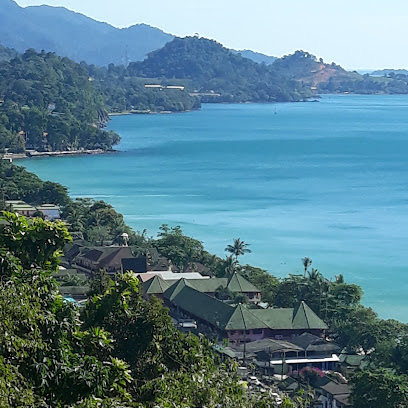
Bang Bao Pier
Discover the scenic beauty and vibrant culture of Bang Bao Pier, a gateway to Koh Chang's stunning islands and authentic Thai experiences.
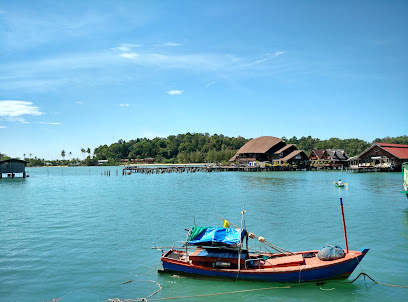
Kai Bae Viewpoint
Experience the stunning beauty of Thailand at Kai Bae Viewpoint, a scenic gem on Ko Chang Island offering breathtaking panoramic vistas.
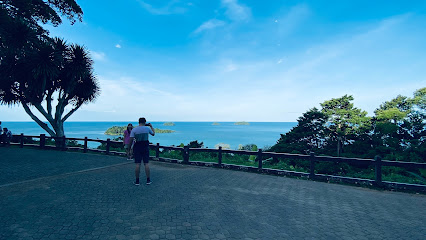
Khlong Phlu Waterfall
Discover the breathtaking beauty of Khlong Phlu Waterfall in Koh Chang, Thailand, where nature's wonders await in a serene tropical paradise.
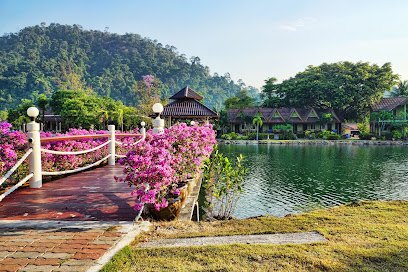
Nature Beach Resort
Discover the serene beauty of Nature Beach Resort on Koh Chang, where relaxation meets adventure in a picturesque tropical paradise.
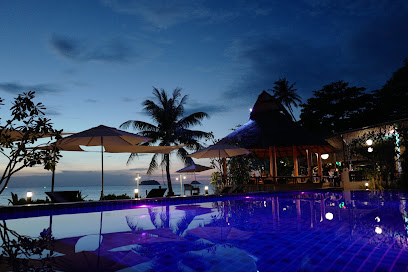
Black Sand Beach
Experience the breathtaking beauty of Black Sand Beach in Laem Ngop, where unique ebony sands meet crystal-clear waters and vibrant marine life.
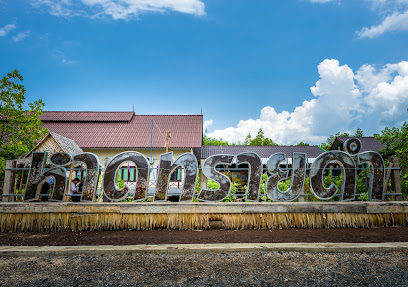
TRAT CITY HOTEL
Discover the heart of Trat at Trat City Hotel, where comfort meets local charm for an unforgettable travel experience.
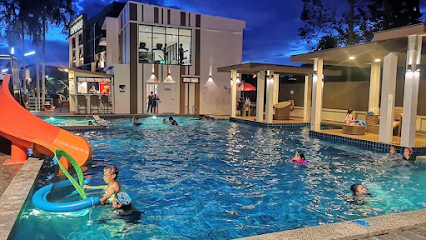
Yuttanavi Memorial Monument at Ko Chang
Explore the Yuttanavi Memorial Monument in Ko Chang: a stunning tribute to Thai-French history amidst breathtaking landscapes.

Lonely Beach
Experience the tranquility and natural beauty of Lonely Beach on Ko Chang, a hidden gem for relaxation and adventure in Thailand.
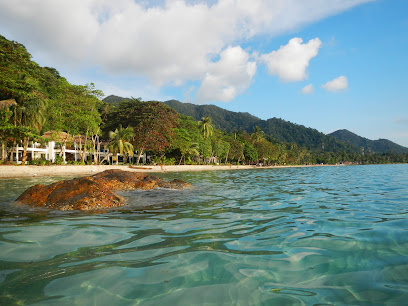
Bang Bao Beach
Discover the serene beauty of Bang Bao Beach on Ko Kut, Thailand – a perfect getaway for relaxation, adventure, and unforgettable experiences.
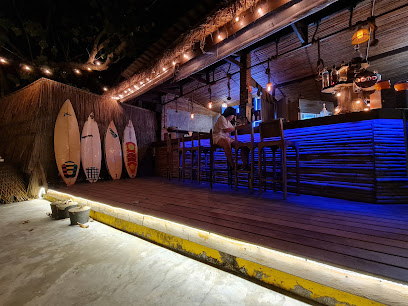
Wat Salak Phet
Discover the tranquility and beauty of Wat Salak Phet, a remarkable Buddhist temple on Koh Chang Island, Thailand, perfect for a serene getaway.

BOONSIRI FERRY (Trad)
Discover the beauty of Thailand's islands with Boonsiri Ferry, offering seamless transport and stunning views across the Gulf of Thailand.
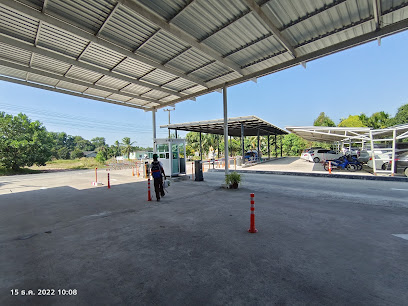
Than Mayom Waterfall
Experience the tranquility of Than Mayom Waterfall, where lush jungles meet cascading waters in the heart of Ko Chang's natural beauty.
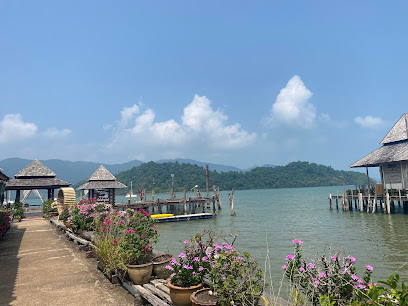
The farthest point of the eastern land
Discover breathtaking ocean views and the beauty of Koh Chang Island at The Farthest Point of Eastern Land in Trat, Thailand.
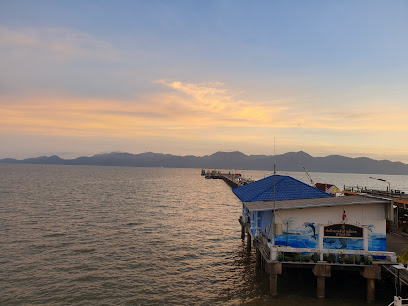
Unmissable attractions to see
Koh Chang Ferry (Aow Thammachat)
Experience the beauty of Koh Chang Island by ferry – your gateway to adventure and relaxation in Thailand's tropical paradise.
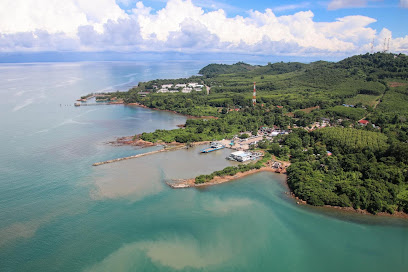
Cathedral of the Immaculate Conception, Chanthaburi
Discover the stunning Gothic architecture and cultural significance of the Cathedral of the Immaculate Conception in Chanthaburi, Thailand.
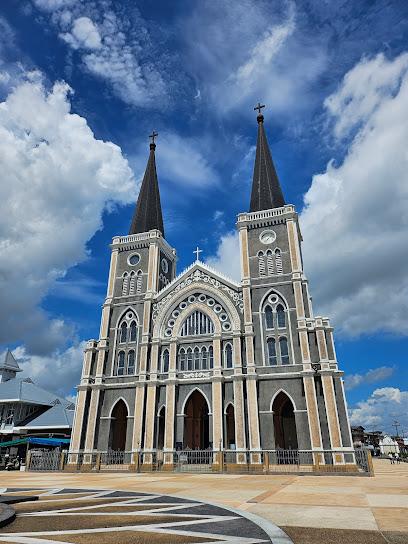
Bang Bao Pier
Experience the charm and natural beauty of Bang Bao Pier, a gateway to adventure and relaxation on Koh Chang Island.
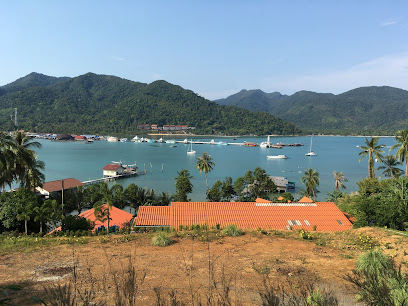
Chanthaboon Waterfront Community
Explore the rich cultural tapestry of Chanthaboon Waterfront Community, a vibrant blend of history, architecture, and local Thai life along the river.
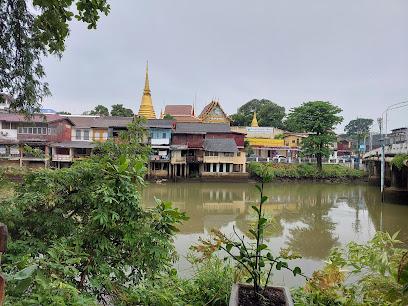
Khlong Phlu Waterfall
Experience the breathtaking beauty of Khlong Phlu Waterfall in Ko Chang, a serene escape into nature's splendor with stunning views and refreshing swims.
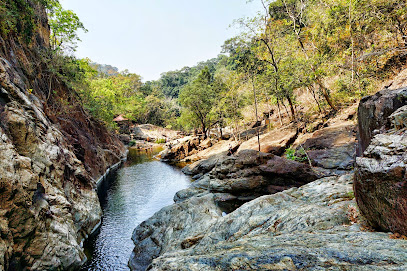
National Park Protection Unit (Khlong Phlu)
Explore Khlong Phlu National Park, where lush jungles and stunning waterfalls create the ultimate natural retreat on Ko Chang Island.
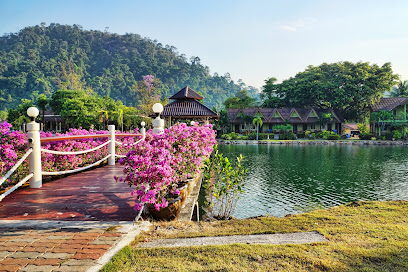
Black Sand Beach
Experience the unique beauty of Black Sand Beach in Trat, Thailand, where dark sands meet lush mangroves and vibrant wildlife.
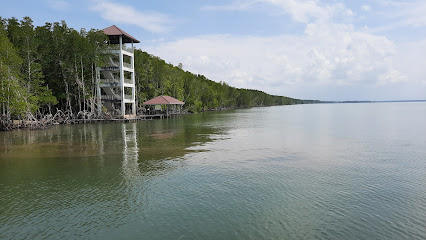
Ao Tan Khu Beach
Experience the serene beauty of Ao Tan Khu Beach in Trat, Thailand, where pristine sands and tranquil waters await your discovery.

Wat Phai Lom (Royal Monastery)
Discover the tranquility and beauty of Wat Phai Lom, a royal monastery in Chanthaburi that embodies the spirit of Thai Buddhism.
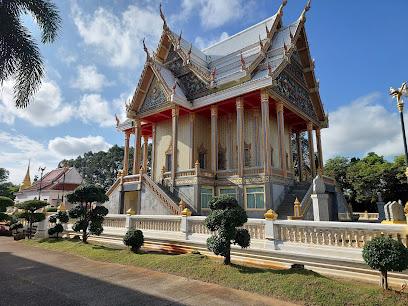
Yuttanavi Memorial Monument at Ko Chang
Explore the Yuttanavi Memorial Monument at Ko Chang: A serene tribute to history amidst stunning landscapes, perfect for reflection and appreciation.
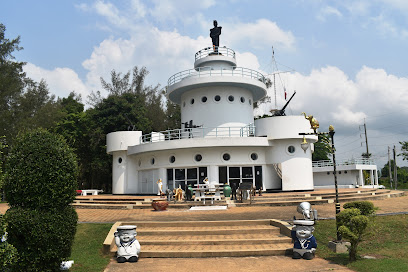
Kai Bae Beach
Experience the breathtaking beauty and vibrant culture of Kai Bae Beach in Koh Chang, Thailand - a true tropical paradise waiting to be explored.
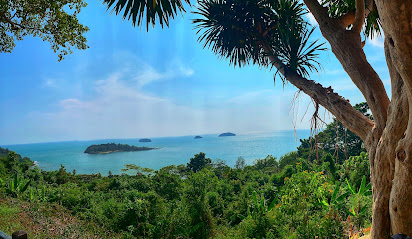
Bang Bao Beach
Experience the tranquil beauty of Bang Bao Beach, a hidden paradise in Ko Kut, Thailand, perfect for relaxation, adventure, and vibrant local culture.
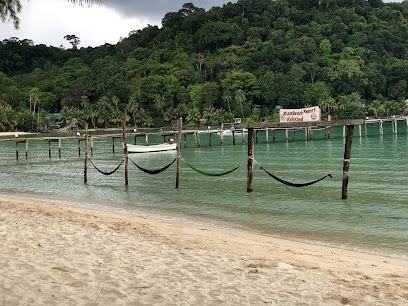
White Sand beach
Experience the breathtaking beauty of White Sand Beach in Trat, Thailand – a serene escape with pristine sands, crystal-clear waters, and vibrant local culture.
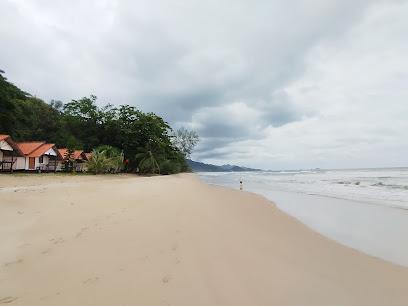
Salak Khok Boat Tour
Discover the serene beauty of Salak Khok Boat Tour in Koh Chang, where lush mangroves meet tranquil waters for an unforgettable adventure.
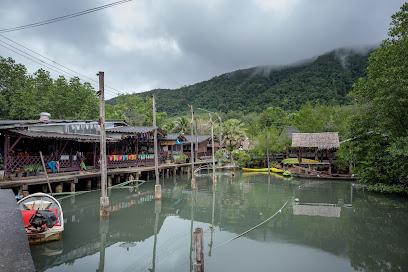
Salak Khok Boat Tour
Experience the enchanting beauty of Salak Khok Boat Tour in Koh Chang, where nature and adventure come together for an unforgettable journey.
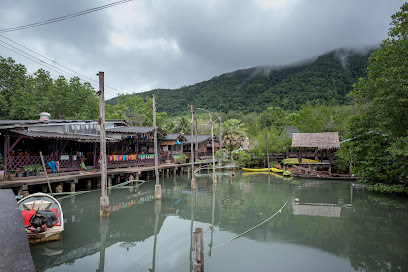
Essential places to dine
Sri Trat Restaurant and Bar
Savor unique Thai dishes at Sri Trat Restaurant & Bar in Bangkok - where tradition meets modernity in every bite.
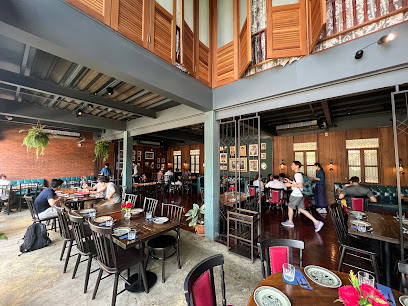
Jae Eaw Seafood
Discover Jae Eaw Seafood on Ko Chang - where fresh ingredients meet authentic Thai cuisine in a stunning seaside setting.
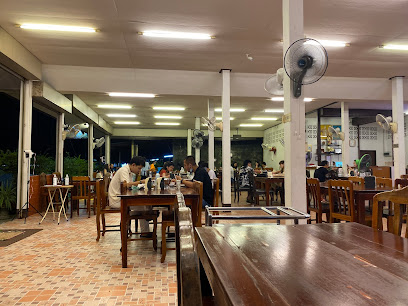
Baan Tewtara Restaurant
Discover authentic Thai flavors at Baan Tewtara Restaurant in Trat - where tradition meets taste in a warm and inviting atmosphere.
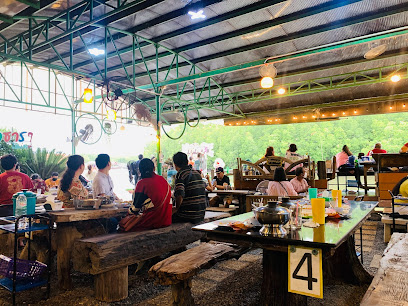
Rasta View
Discover Rasta View: A top-rated restaurant in Koh Chang offering delightful cuisine with breathtaking views at affordable prices.
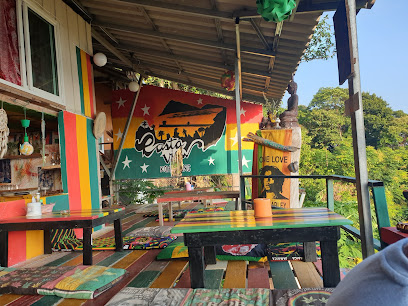
Kiew Nong Bua Trat Original Egg Noodle & Wonton
Experience authentic Thai cuisine at Kiew Nong Bua Trat - home of delicious egg noodles and wontons in Trat.
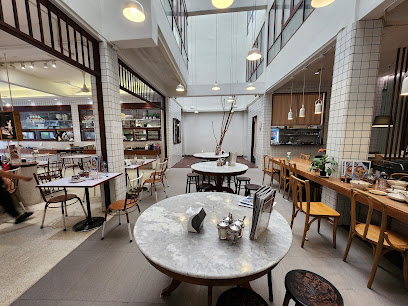
ร้านอาหารริมทะเลซีฟู๊ดแอนด์รีสอร์ท
Discover fresh seafood delights with stunning ocean views at this exquisite seaside restaurant and resort in Laem Ngop District.
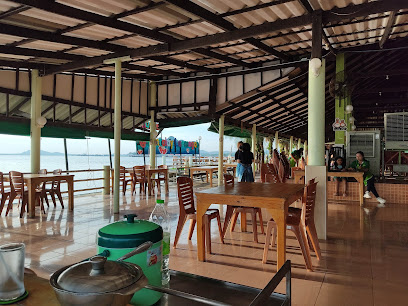
Phu-Talay Seafood Restaurant
Discover the vibrant flavors of Thailand at Phu-Talay Seafood Restaurant in Koh Chang - where fresh seafood meets stunning ocean views.
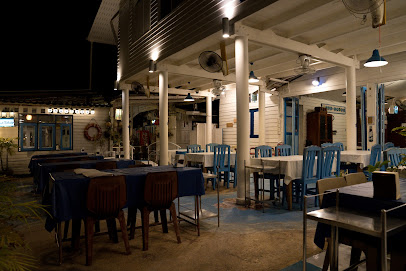
Pizzeria Spaghetteria Toscana Koh Chang
Discover authentic Italian flavors at Pizzeria Spaghetteria Toscana Koh Chang – where every meal feels like a vacation.
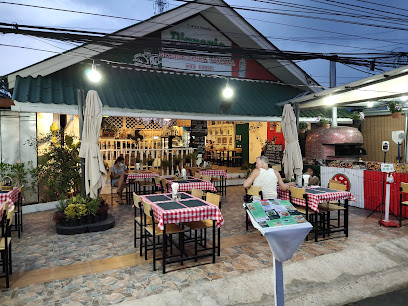
Khao Kwan Restaurant ( ร้านอาหาร ข้าว ขวัญ )
Experience authentic Thai flavors in a cozy setting at Khao Kwan Restaurant on Ko Chang Island.
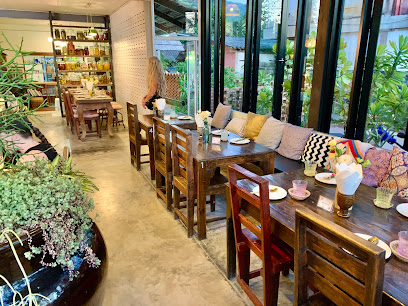
Chao Lay Seafood Restaurant
Experience authentic Thai seafood at Chao Lay Seafood Restaurant in Koh Chang - where fresh ingredients meet breathtaking ocean views.
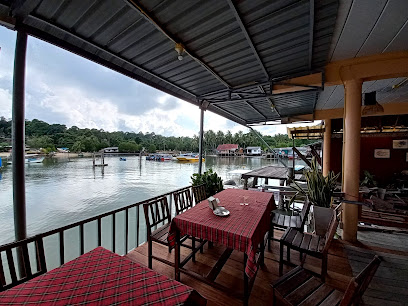
Koh Chang Seafood
Discover exquisite flavors at Koh Chang Seafood – your ultimate destination for fresh seafood and stunning ocean views in Ko Chang.
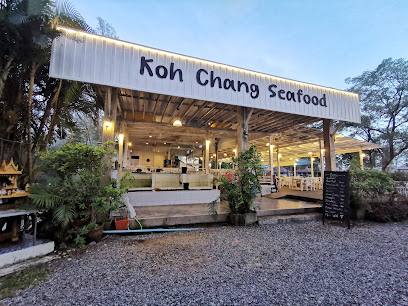
Ido Ido Restaurant & Chill out Bar
Discover the flavors of Thailand at Ido Ido Restaurant & Chill Out Bar in Ko Chang—where great food meets live music by the beach.

Thai Dutch restaurant
Discover authentic Thai flavors in Ko Chang at the charming and affordable Thai Dutch Restaurant.
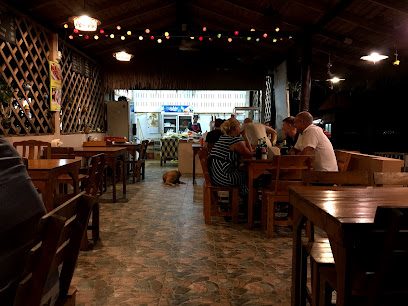
Bella Vita
Experience authentic Italian cuisine at Bella Vita in Koh Chang - where every dish tells a story amidst breathtaking tropical views.
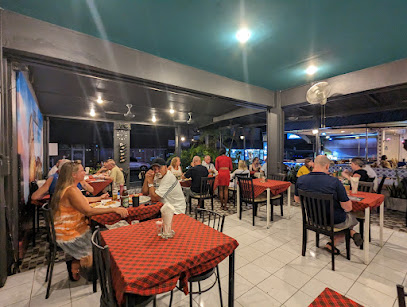
Cherry-Anne Seafood Restaurant
Experience fresh and flavorful seafood dishes at Cherry-Anne Seafood Restaurant in Trat – a culinary gem by the sea.
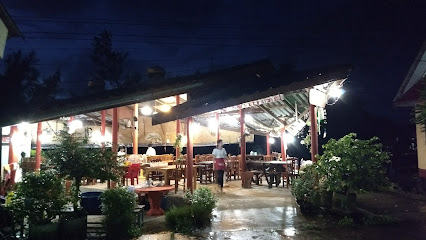
Markets, malls and hidden boutiques
Lotus’s
Explore Lotus’s Hypermarket in Trat for a unique blend of shopping, local flavors, and delicious ice cream in a vibrant atmosphere.
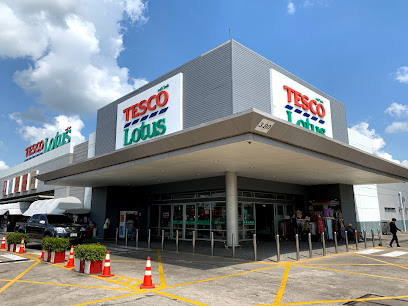
Big C Market Koh Chang
Discover the essence of local life at Big C Market Koh Chang, where shopping meets cultural immersion amidst a vibrant atmosphere.
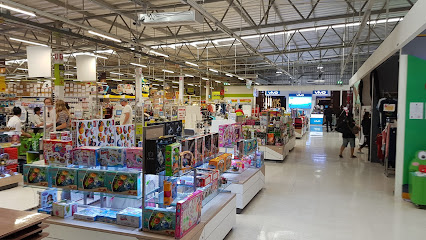
Hello Summer
Discover the ultimate tropical fashion destination at Hello Summer in Ko Chang, offering trendy clothing and unique beachwear for every style.
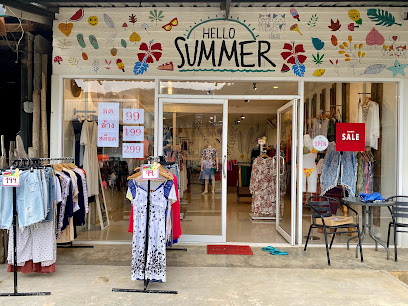
Neighbor Koh Chang
Discover the best shopping, dining, and entertainment at Neighbor Koh Chang, where local culture meets modern retail in a vibrant atmosphere.
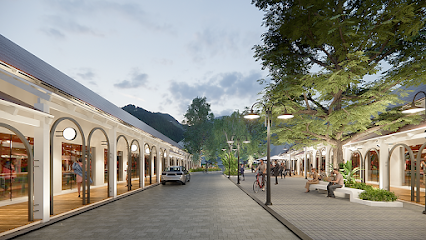
อุดมพาณิชย์
Explore Udompanit Grocery Store for fresh local produce and authentic Thai snacks in the heart of Trat, a true culinary gem for tourists.
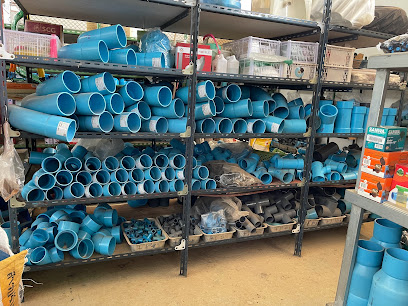
Koh Chang Bang Bao Hear Dee Shop
Shop the finest beachwear at Koh Chang Bang Bao Hear Dee Shop, where style meets comfort in a tropical paradise.
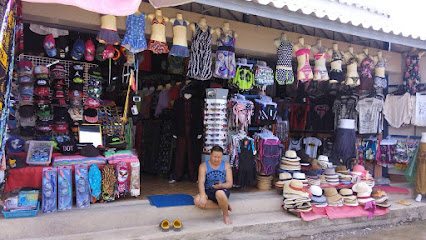
Coconut Souvenir Shop
Discover unique handcrafted souvenirs at Coconut Souvenir Shop in Koh Chang, Thailand; a must-visit for capturing the island's essence.
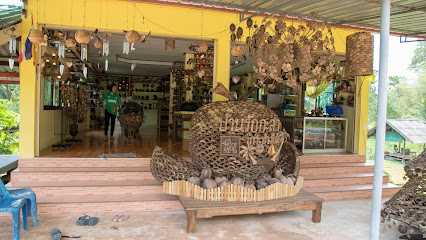
Siamese Shop. Fashion Koh Chang
Explore Koh Chang's Siamese Shop for unique handmade fashion crafted from natural materials like linen, cotton, and hemp.
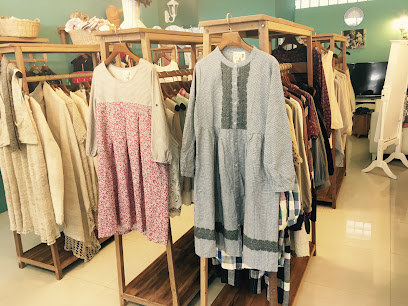
Young Plant Shop
Discover the lush offerings of Young Plant Shop in Trat, where plant lovers find inspiration and a wide selection of greenery.
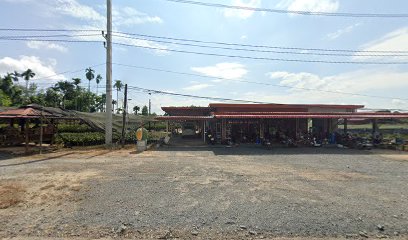
ร้านบอย
Explore the authentic flavors of Thailand at ร้านบอย, a local grocery store in Trat offering fresh produce and unique snacks.
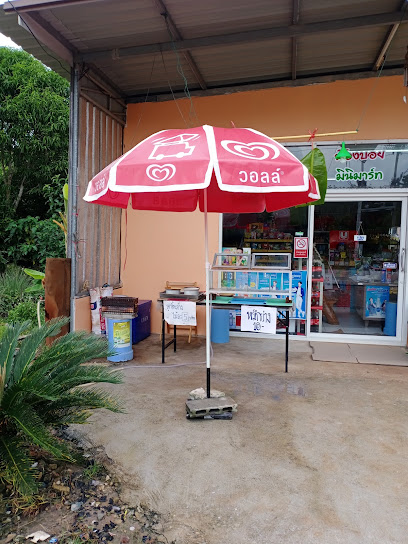
Koh Chang Reggae & Boho
Experience the vibrant spirit of Koh Chang at Reggae & Boho, where island fashion meets bohemian charm in a unique shopping adventure.
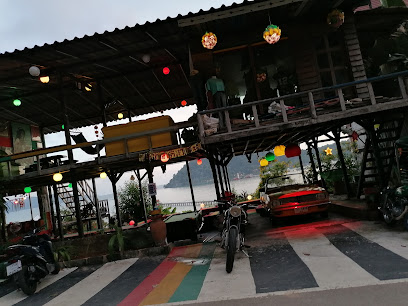
Chic&Chill fashion And Gift Shop
Explore Chic&Chill Fashion And Gift Shop in Ko Chang for trendy clothing and unique souvenirs that embody the island's vibrant spirit.
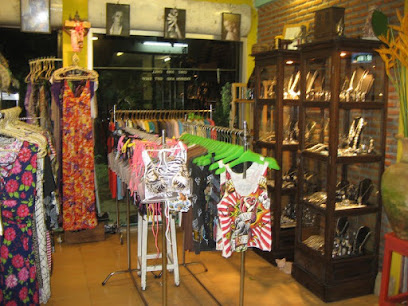
Joel Thasen Amulet
Discover the vibrant shopping and cultural treasures at Joel Thasen Amulet in Trat, Thailand, where tradition meets modern retail.
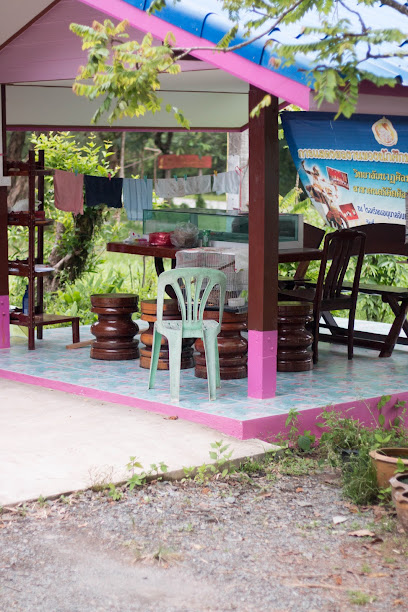
ร้นเจ้มดฉางเกลือ
Explore the authentic flavors of Trat at ร้านเจ้มดฉางเกลือ, where local delicacies and unique crafts await your discovery.
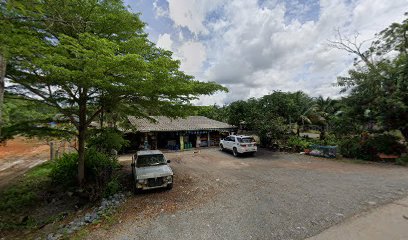
ร้านขายของชำ คุณม้อย - คุณหมา
Experience the essence of local Thai culture at ร้านขายของชำ คุณม้อย - คุณหมา, your go-to grocery store in Huai Raeng, Trat.

Essential bars & hidden hideouts
Sabay Bar
Discover the vibrant ambiance and delicious flavors of Sabay Bar in Ko Chang, a must-visit destination for an unforgettable dining experience.
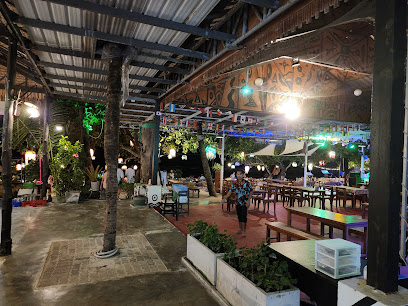
Himmel Bar Lonely Beach Koh Chang
Discover the vibrant nightlife at Himmel Bar, a cocktail oasis on Koh Chang offering stunning beach views and expertly crafted drinks.
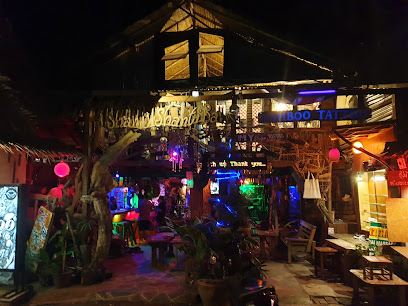
ติ๊งต๊องบาร์
Discover the vibrant nightlife at ติ๊งต๊องบาร์ in Ko Chang, where great drinks and a lively atmosphere await you.
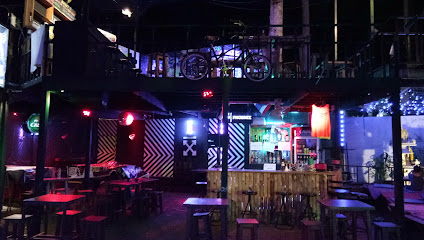
Joy´s Pizza
Discover Joy's Pizza in Trat - a culinary delight where every slice is crafted with quality ingredients and passion for authentic flavors.
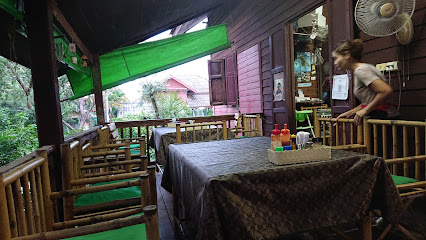
Lao Leu Music & Restaurant
Experience the vibrant fusion of flavors and rhythms at Lao Leu Music & Restaurant, the heart of Trat's culinary scene.
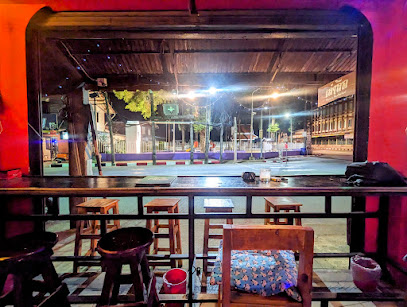
มาสิเออ คาราโอเกะ
Experience the excitement of karaoke at มาสิเออ คาราโอเกะ in Trat, where music, fun, and local culture come together for an unforgettable night out.
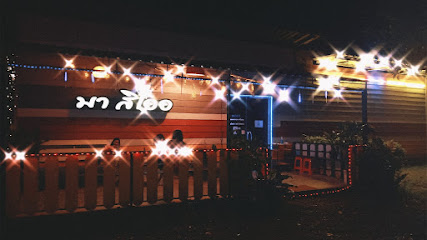
เล่าลือ ร้านอาหารและเกสต์เฮาส์
Discover the perfect blend of authentic Thai cuisine and warm hospitality at เล่าลือ ร้านอาหารและเกสต์เฮาส์ in Trat.
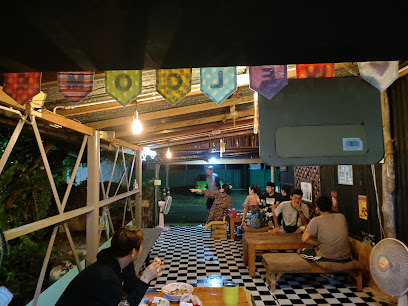
ร้านเว่ย 喂
Discover the vibrant nightlife and authentic Thai cuisine at ร้านเว่ย 喂, where every bite and sip reflects the local culture.
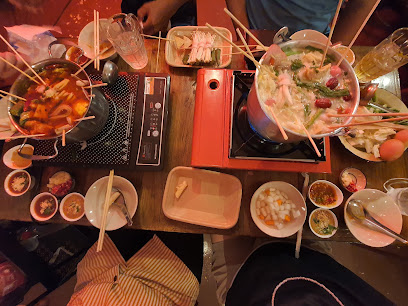
Breezes Beach Bar
Experience the serene ambiance and stunning views at Breezes Beach Bar, the perfect tropical escape for relaxation and enjoyment.
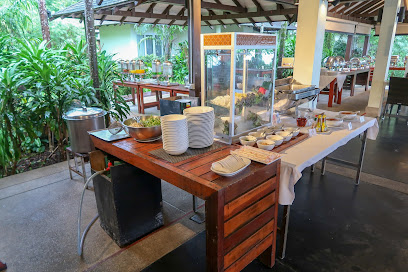
เล่าลือบาร์
Discover the lively atmosphere of เล่าลือบาร์ in Trat, Thailand, where friendly service and refreshing drinks await visitors seeking local nightlife.
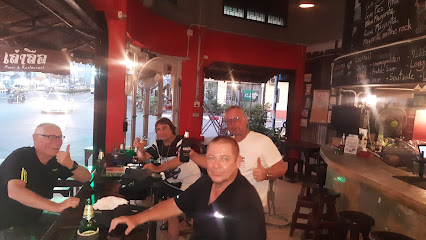
เรือนจำ คาราโอเกะ
Dive into the lively atmosphere of เรือนจำ คาราโอเกะ, the must-visit karaoke bar in Trat for unforgettable nights filled with music and fun.
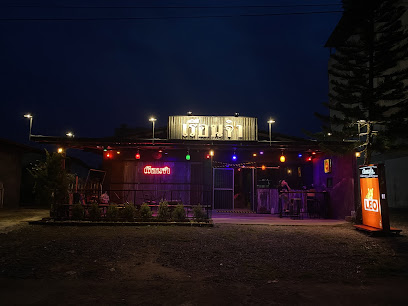
ร้านติดลม
Experience the vibrant nightlife of Trat at ร้านติดลม, a lively bar offering local drinks and an inviting atmosphere.

ร้านเข้าท่า
Experience authentic Thai flavors in a cozy setting at ร้านเข้าท่า, a must-visit restaurant in Trat for every food lover.

Home REGGAE (aka The REGGAE Bar)
Discover the vibrant spirit of reggae at Home REGGAE Bar in Trat, where good music and great vibes come together for an unforgettable night.
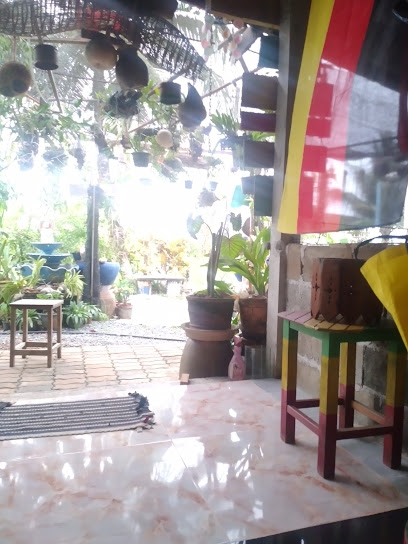
น่านั่งตราด
Experience the vibrant nightlife at น่านั่งตราด, a cozy bar in Trat offering local flavors and a friendly atmosphere for all visitors.
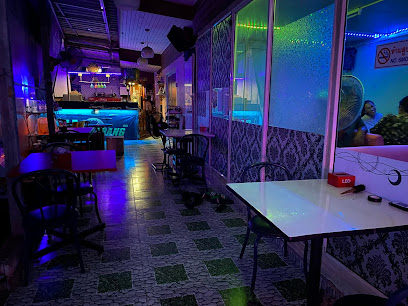
Local Phrases
-
- Helloสวัสดี
[sawasdee] - Goodbyeลาก่อน
[la kon] - Yesใช่
[chai] - Noไม่
[mai] - Please/You're welcomeโปรด/ยินดีต้อนรับ
[prode/yin dee ton rap] - Thank youขอบคุณ
[kop khun] - Excuse me/Sorryขอโทษ
[kor toht] - How are you?สบายดีไหม
[sabai dee mai] - Fine. And you?สบายดีครับ คุณล่ะ
[sabai dee krub khun la] - Do you speak English?คุณพูดภาษาอังกฤษได้ไหม
[khun poot pa saa angkree dai mai] - I don't understandฉันไม่เข้าใจ
[chan mai kao jai]
- Helloสวัสดี
-
- I'd like to see the menu, pleaseขอดูเมนูหน่อย
[kor doo menu noi] - I don't eat meatฉันไม่กินเนื้อ
[chan mai gin neua] - Cheers!ชนสิ
[chon si] - I would like to pay, pleaseขอจ่ายเงินหน่อย
[kor jai ngeen noi]
- I'd like to see the menu, pleaseขอดูเมนูหน่อย
-
- Help!ช่วยด้วย
[chuay duay] - Go away!ไปไกลๆ
[pai glai glai] - Call the Police!โทรตำรวจ
[tor tamruat] - Call a doctor!โทรหมอ
[tor mor] - I'm lostฉันหลงทาง
[chan long tang] - I'm illฉันไม่สบาย
[chan mai sabai]
- Help!ช่วยด้วย
-
- I'd like to buy...ฉันอยากซื้อ...
[chan yahk sue...] - I'm just lookingฉันแค่ดู
[chan kae doo] - How much is it?ราคาเท่าไหร่
[ra ka tao rai] - That's too expensiveแพงเกินไป
[paeng geen pai] - Can you lower the price?ลดราคาได้ไหม
[lot ra ka dai mai]
- I'd like to buy...ฉันอยากซื้อ...
-
- What time is it?กี่โมงแล้ว
[gee mong laew] - It's one o'clockเป็นโมงหนึ่ง
[pen mong neung] - Half past (10)สามสิบครึ่ง
[sam sip khrung] - Morningเช้า
[chao] - Afternoonบ่าย
[bai] - Eveningเย็น
[yen] - Yesterdayเมื่อวาน
[meua wan] - Todayวันนี้
[wan nee] - Tomorrowพรุ่งนี้
[prung nee] - 1หนึง
[neung] - 2สอง
[song] - 3สาม
[sam] - 4สี่
[si] - 5ห้า
[ha] - 6หก
[hok] - 7เจ็ด
[jet] - 8แปด
[paet] - 9เก้า
[gao] - 10สิบ
[sip]
- What time is it?กี่โมงแล้ว
-
- Where's a/the...?...อยู่ที่ไหน
[... yu tee nai] - What's the address?ที่อยู่คืออะไร
[tee yu keu arai] - Can you show me (on the map)?คุณแสดงให้ฉันได้ไหม
[khun sa dang hai chan dai mai] - When's the next (bus)?รถเมล์ต่อไปเมื่อไหร่
[rot mae tor pai meua rai] - A ticket (to ....)ตั๋ว (ไป...)
[dtua (pai...)]
- Where's a/the...?...อยู่ที่ไหน
History of Trat
-
Trat, a province in eastern Thailand, is thought to have been settled as early as the prehistoric era. Archaeological findings, including pottery and tools, suggest that ancient communities thrived here due to its fertile land and access to the sea.
-
During the Ayutthaya Kingdom (1351-1767), Trat was an essential trading hub. Its strategic location along the Gulf of Thailand made it a vital point for trade between Siam and neighboring countries, including Cambodia and Vietnam. The town was also a critical stopover for Chinese junks and other merchant vessels.
-
In the late 18th century, after the fall of Ayutthaya, King Taksin established the Thonburi Kingdom and recognized Trat's strategic importance. He fortified the town, making it a defensive stronghold against potential invaders, particularly from Cambodia.
-
In the late 19th and early 20th centuries, Trat found itself at the center of colonial intrigues. The region was contested between Siam and French Indochina. In 1904, the Franco-Siamese Treaty resulted in Trat being briefly ceded to France in exchange for territories in Laos. However, in 1907, Trat was returned to Siam in exchange for Battambang, Siem Reap, and Sisophon.
-
During World War II, Trat was occupied by Japanese forces from 1941 to 1945. The occupation brought significant hardship to the local populace, including forced labor and resource requisitioning. After the war, Trat rapidly recovered and resumed its role as a vital trading and fishing hub.
-
Today, Trat is known for its rich cultural heritage and natural beauty. The province boasts a blend of Thai, Chinese, and Khmer influences, reflected in its architecture, cuisine, and festivals. Trat is a gateway to the stunning Koh Chang archipelago, drawing visitors to its pristine beaches, lush forests, and vibrant local markets.
Trat Essentials
-
Trat is located in the eastern part of Thailand and is accessible by several means of transportation. The nearest airport is Trat Airport (TDX), which has daily flights from Bangkok. From Bangkok, you can also take a bus from the Ekkamai Eastern Bus Terminal, which usually takes around 5 to 6 hours. Alternatively, you can drive from Bangkok to Trat, which takes approximately 4 to 5 hours via the Motorway 7 and Highway 344.
-
Once in Trat, you have multiple transportation options. Songthaews (shared pickup trucks) are a common and affordable way to get around the city. Motorbike taxis and regular taxis are also available for shorter trips. For island excursions, ferries and speedboats are available from Laem Ngop Pier to Koh Chang and other nearby islands. Renting a motorbike or a car can be a convenient way to explore the region independently.
-
The official currency in Thailand is the Thai Baht (THB). Credit cards are widely accepted in hotels, larger restaurants, and shops, but it's advisable to carry cash for smaller establishments and local markets. ATMs are available throughout Trat, and currency exchange services are offered at banks and exchange kiosks.
-
Trat is generally a safe destination for tourists. However, it's wise to take standard precautions. Avoid isolated areas at night and be cautious in crowded places where petty theft can occur. The Klong Yai district has been noted for occasional reports of petty crime targeting tourists, so exercise extra caution there.
-
In case of an emergency, dial 191 for police assistance and 1669 for medical emergencies. Trat Hospital is the main medical facility in the area, but there are also several clinics and pharmacies available for minor health issues. It's advisable to have travel insurance that covers medical emergencies.
-
Fashion: Do dress modestly, especially when visiting temples or religious sites. Avoid wearing revealing clothing. Religion: Do respect local customs and traditions. Always remove your shoes and cover your shoulders when entering temples. Public Transport: Do be respectful and give up your seat to elderly passengers. Don’t eat or drink on public transport. Greetings: Do greet people with a traditional Thai 'wai' (a slight bow with hands pressed together). Eating & Drinking: Do try local delicacies and accept food offerings graciously. Don’t refuse hospitality, as it is considered impolite.
-
To experience Trat like a local, visit the Trat Night Market where you can enjoy local street food and buy handmade crafts. Engage with locals, who are often friendly and willing to share stories about the area’s history and culture. Don’t miss visiting the Ban Nam Chiao Community, known for its traditional houses and local wisdom. For a unique experience, take a boat tour through the mangroves or join a fishing trip with local fishermen.
Trending Landmark in Trat
-
Koh Chang Ferry (Aow Thammachat)
-
Mu Ko Chang National Park
-
Bang Bao Pier
-
Kai Bae Viewpoint
-
Khlong Phlu Waterfall
-
Nature Beach Resort
-
Black Sand Beach
-
TRAT CITY HOTEL
-
Yuttanavi Memorial Monument at Ko Chang
-
Lonely Beach
-
Bang Bao Beach
-
Wat Salak Phet
-
BOONSIRI FERRY (Trad)
-
Than Mayom Waterfall
-
The farthest point of the eastern land
Nearby Cities to Trat
-
Things To Do in Battambang
-
Things To Do in Koh Kong
-
Things To Do in Rayong
-
Things To Do in Siem Reap
-
Things To Do in Pattaya
-
Things To Do in Koh Rong
-
Things To Do in Sihanoukville
-
Things To Do in Samut Prakan
-
Things To Do in Bangkok
-
Things To Do in Kampot
-
Things To Do in Phnom Penh
-
Things To Do in Hua Hin
-
Things To Do in Phu Quoc
-
Things To Do in Kep
-
Things To Do in Nakhon Ratchasima












